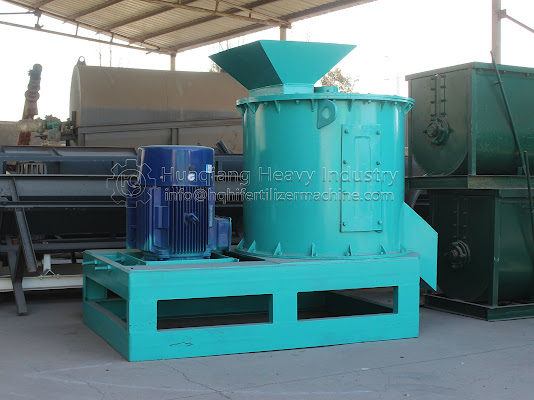The role of compost crushers in agriculture
The role of compost mill in agriculture is mainly reflected in the following aspects:
1. Accelerate the decomposition of organic matter: the compost crusher can crush the coarse organic waste such as crop straw, branches and leaves, and feces, so that its surface area increases, which is conducive to the invasion and decomposition of microorganisms. In this way, the decomposition of organic material is accelerated, and the composting process is more rapid and efficient.
2. Improve the quality and uniformity of compost: the organic matter after grinding is easier to mix and accumulate, which can form a more uniform compost system, and thus improve the quality and fertilizer efficiency of compost.
3. Reduce waste of resources: The use of compost shredders can effectively use crop stalks, discarded plant parts and other organic materials that might otherwise be wasted. This not only saves resources, but also contributes to environmental protection and reduces the phenomenon of straw burning or direct waste in farmland.
4. Improve the soil structure and increase the organic matter content: After the organic matter treated by the composting mill is fermented, the organic fertilizer formed is rich in organic matter, which also promotes the activity of soil microorganisms and helps to improve the overall ecological function of the soil.
5. Support sustainable agricultural development: Compost shredders, as part of organic fertilizer equipment, can promote the development of organic agriculture and support agricultural production to develop in a more environmentally friendly and sustainable direction.
Therefore, the role of composting mill in agriculture is multifaceted, from resource utilization efficiency to soil quality improvement, which is of great significance to the sustainable development of modern agriculture.




Comments
Post a Comment